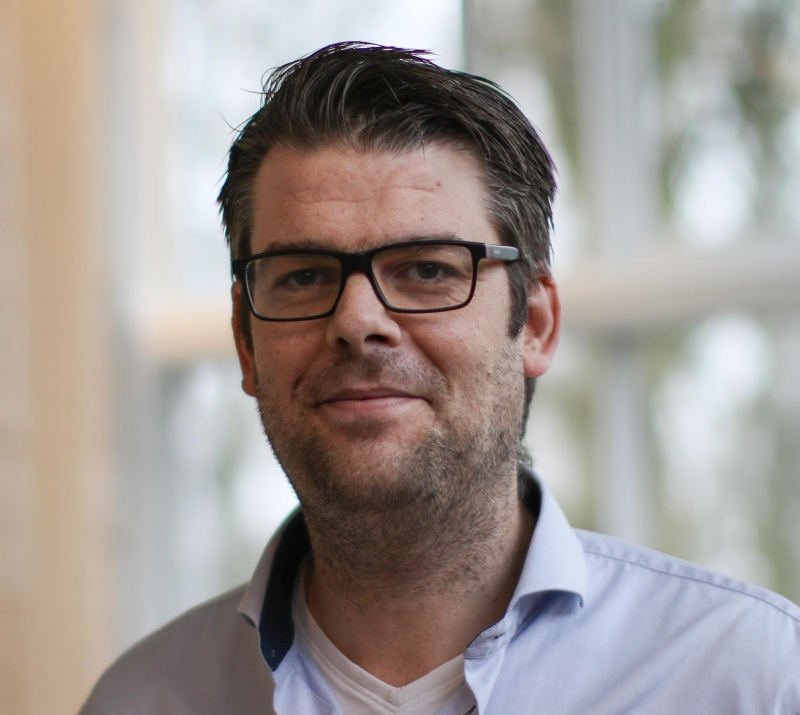Integrated supply chain in practice: “Our relationship with suppliers is on an equal basis”
“I firmly believe in our chain management philosophy: equal relationships with suppliers instead of playing out your dominant position as a customer. Granting opportunities to partners and really working together is important. If in a project time is of the essence and price is secondary, we do not immediately bring up the subject with our suppliers.”

Stijn van Sambeek is Business Unit Manager of Advanced Systems at Settels Savenije Group. He believes in their 'integrated supply chain' approach: “Right now we are assembling and testing a product, the design of which has been done by another company. We started extensive discussions with three major suppliers as from the start and combined their strengths with ours so we could make a perfect offer to our customer, at an attractive price. And that's how we got the assignment.”
Why this "integrated supply chain" approach?
“At Settels Savenije we are a true 'concept club', we work from a blank sheet of paper, so to speak. 4 years ago, we added the assembly and testing of systems we develop, as well as build to print for third parties to our portfolio. It is relevant that at an early stage everyone in your supply chain is aware of what is being designed, especially people with expertise on manufacturability and experts who oversee the future needs within our projects in the field of mechatronics, electronics or software.
For example, if big dimension milling work is required, you have to involve potential milling suppliers early. We motivate our customers to invest in this effort right at the beginning of the project, although the added value only shows at the end. When the design set is final, all manufacturing challenges should have been addressed.”
“Increasing the contribution of supply chain and manufacturing engineering in all phases of development, is also key to our approach. We balance our project teams with a mix of staff from R&D and Advanced systems from start to finish.
Do you use a supplier competence matrix?
“We have built a solid supply base and are looking into broadening it further to avoid becoming dependent on single sources in our supply chain. We prefer to have multiple partners per competence. The more work you have, the more suppliers you need. Our supplier competence matrix gives an overview of all our suppliers and their competences, which we use to match suppliers with the needs in product development programs or projects for our customers.
“For our suppliers it is also relevant not to become too dependent on us. We mainly work with medium-sized companies with up to 100 employees and ‘clean’ in terms of production. We consider it important that suppliers match with us in terms of size and culture. Personally, I also think it is relevant, when issues arise, that you can talk directly to the director / owner.”
So quality, time and money are important in your "supply base"?
“Within Advanced Systems, we have different types of products and customers: series production, high mix - low volume, functional models, prototype machines, and all combined with different levels of cleanliness. It is important to know that quality always comes first, in every project, with every customer and every product.
Designing and implementing the right supply chain, is vital in our services to customers, in any type of project or product. And, while working together, giving and receiving good and honest feedback is essential in maintaining a good relationship between partners."
"Only together are we capable of building a strong and “integrated supply chain.”
Apart from assembly and test of systems and modules designed by Settels Savenije, Advanced Systems is growing fast in build to print programs for third parties.